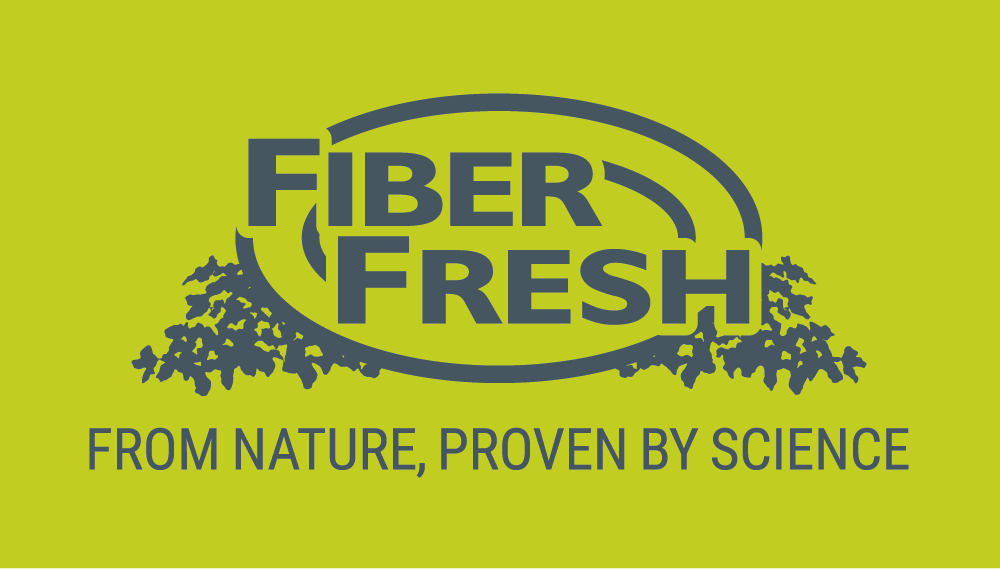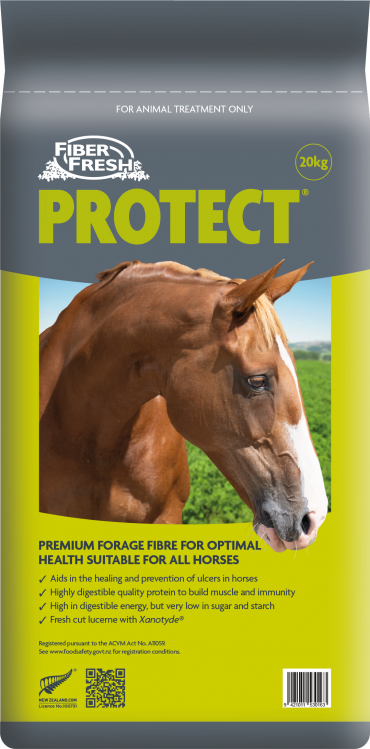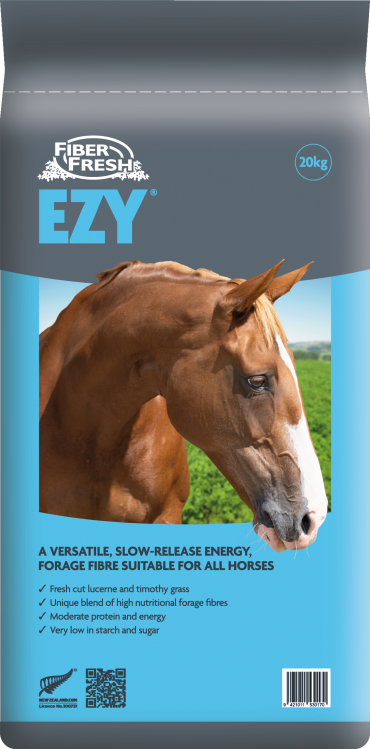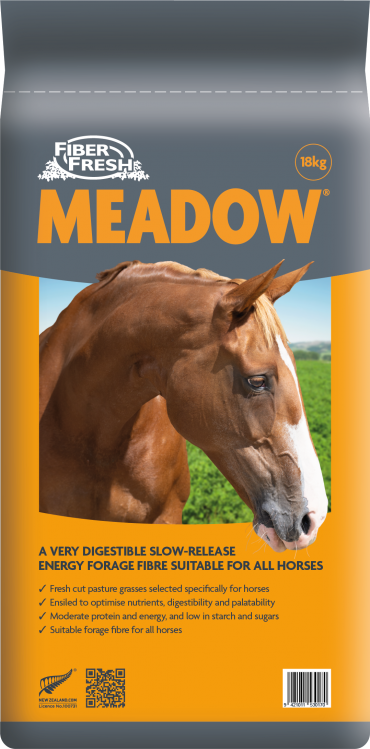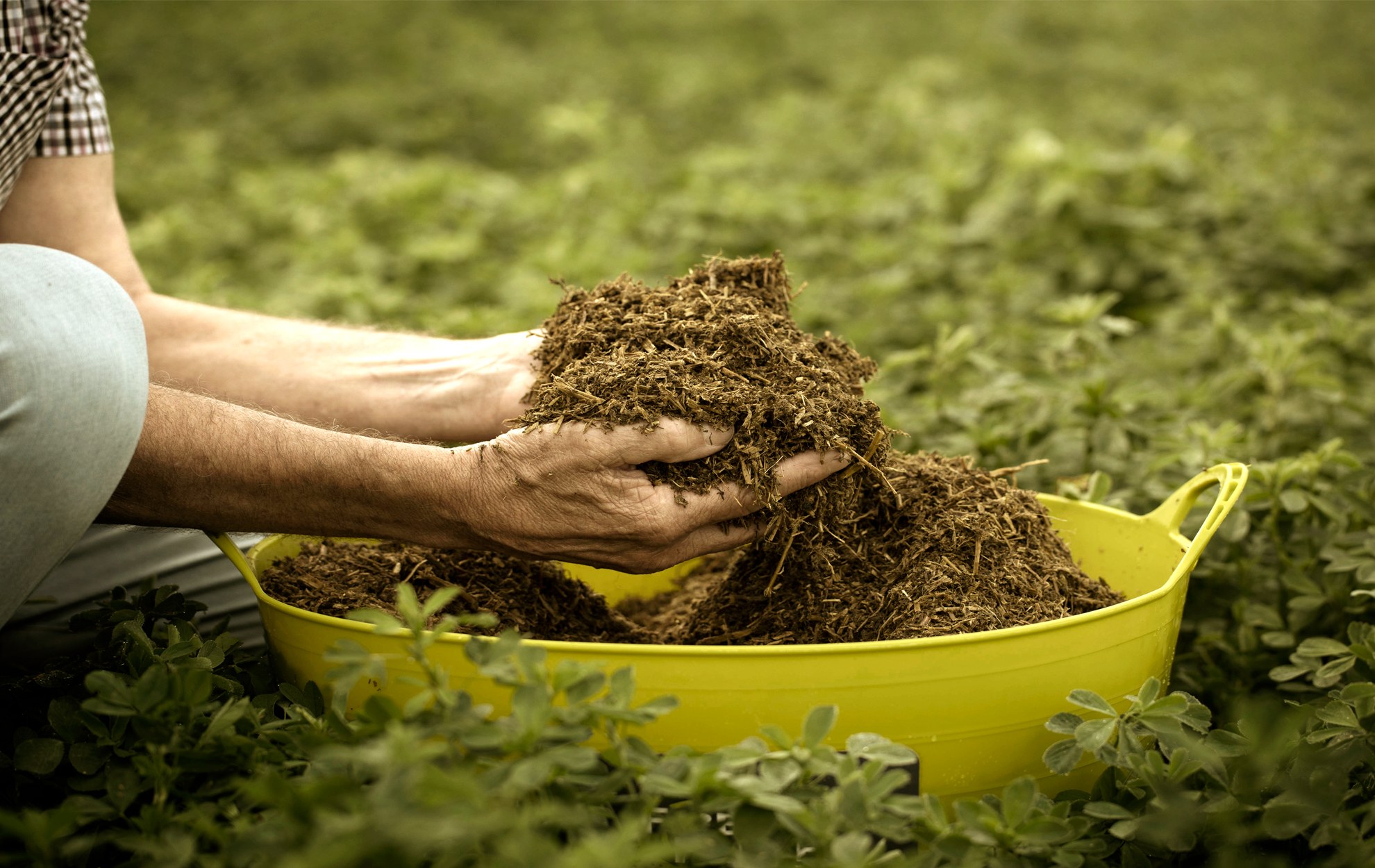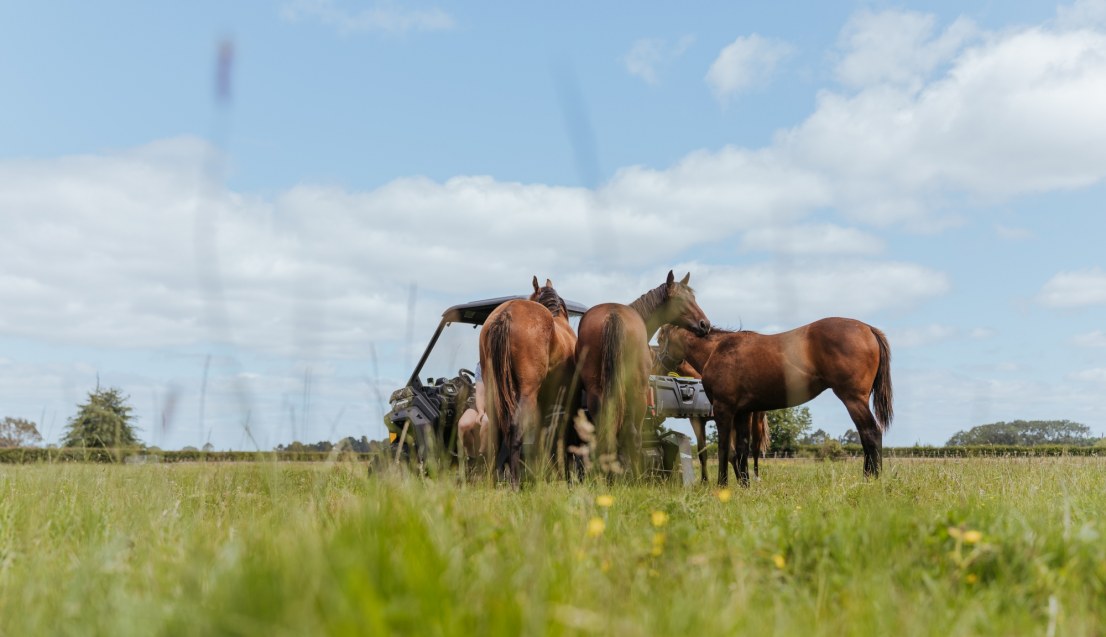
The transition from winter to spring is marked by a significant change in the nutritional profile of pasture grass. During the winter months, grasses receive less sunlight, which leads to slower growth. This, in turn, results in lower calorie content and reduced sugar levels.
However, when spring arrives with its abundant sunshine and milder temperatures, there is a rapid growth spurt in grass, causing a surge in calorie and sugar levels. This sudden influx of nutrients can present challenges, particularly for horses that have sugar-sensitive diets.
The Benefits of Grazing
Despite the nutritional challenges of spring grass, there's a reason why people still turn their horses out to pasture. The advantages of allowing horses to graze on spring grass often outweigh the potential drawbacks. Horses are natural foragers, and grazing allows them to fulfil this instinctual need. Moreover, the physical activity and mental stimulation that come with grazing can contribute to their overall well-being.
For horses with no underlying health concerns, grass is a valuable source of nutrition. However, it's essential to strike the right balance to ensure their health and happiness.
Supporting Spring Grass with Fiber Fresh
If you have a horse that struggles with the surge in calorie and sugar levels that spring grass
brings, you don't need to forego the benefits of grazing altogether. This is where Fiber Fresh steps in as a solution to your spring grass woes.
By providing a source of Fiber Fresh, your horse’s sugar intake can be lowered if their consumption of Fiber Fresh is increased. By feeding Fiber Fresh, you can ensure that your horse is still meeting its daily fibre requirements, but with reduced rates of sugar compared to grass consumption. This is especially crucial for horses that require a low sugar diet for various reasons, such as laminitis, Cushing's disease, a predisposition to tying up, or other sugar sensitivities.
Balancing Sugar Intake with Fiber Fresh
For horses needing a low-sugar diet, they require no more than 10% non-structural carbohydrates (NSC). Feeding 6kg of Fiber Fresh can help reduce the overall NSC consumption by approximately 10%. This reduction is a valuable tool in managing your horse's sugar intake while ensuring they receive the necessary fibre for optimal gut health. Fiber Meadow®, Fiber Ezy®, Fiber Protect®, and Travel Pro® all have less sugar than 4.5% kg DM. While grass, hay, and dry chaff can have as much sugar from anywhere between 10-26% kg DM.
Spring grass may present some nutritional challenges, but with the right strategies and support, you can allow your horse to enjoy the vibrant pastures of the season while safeguarding their health. Fiber Fresh's role in balancing your horse's diet on spring grass underlines its importance in equine nutrition, offering a way to enjoy the best of both worlds - the joys of grazing and the assurance of a sugar-regulated diet.
